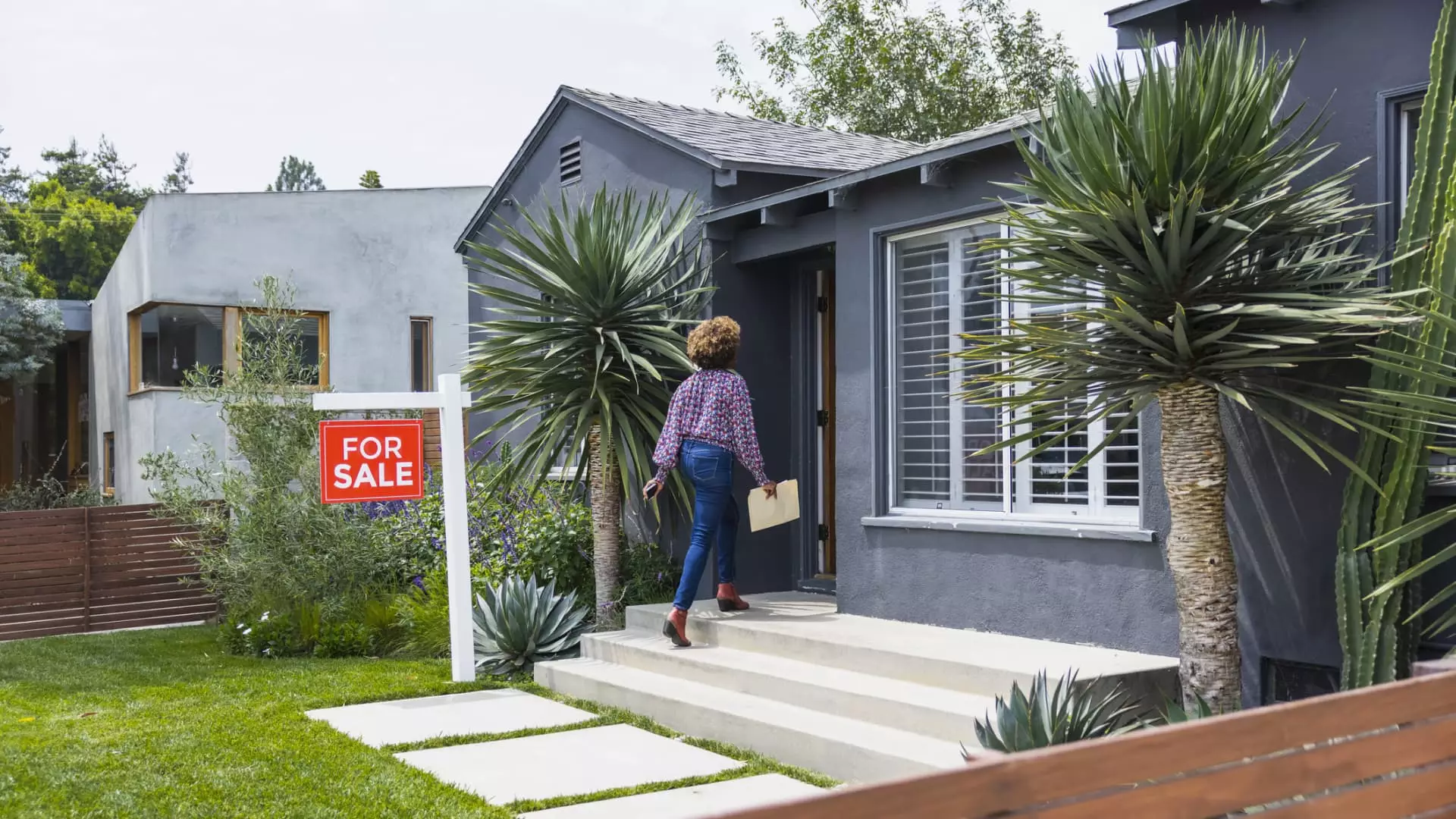As property values continue to increase, more and more Americans are finding themselves in a situation where they have to pay capital gains taxes on the profits from the sale of their homes. A recent report from real estate data firm CoreLogic highlighted that nearly 8% of U.S. home sales in 2023 yielded profits exceeding $500,000, compared to just 3% in 2019. This significant increase in home sale profits has led to a growing number of homeowners facing capital gains tax bills.
One key aspect to consider when selling a primary residence is the special tax break available to homeowners. According to the report, married couples filing jointly can make up to $500,000 on the sale of their primary residence without owing any capital gains taxes. For single filers, the threshold is $250,000. These capital gains exemption thresholds have remained unchanged since 1997, despite the rising home values over the years.
Capital gains taxes on home sales are more common in high-cost areas. In 2023, states like Colorado, Massachusetts, New Jersey, New York, and Washington saw double-digit percentages of home sales with profits exceeding $500,000. This trend indicates that homeowners in these regions are more likely to face capital gains tax liabilities when selling their properties.
Qualifying for Capital Gains Exemption
To qualify for the $250,000 or $500,000 capital gains exemption, homeowners must meet certain criteria set by the IRS. This includes passing the “ownership test,” which requires owning the home for at least two of the past five years before the sale, and the “residence test,” which mandates the home to be the primary residence for at least 24 months during the five-year period preceding the sale.
Increasing Your Home’s Basis
One strategy to reduce capital gains taxes on a home sale is to increase your home’s basis. This can be done by making improvements to the property that add value. Senior Financial Adviser Parker Trasborg at CJM Wealth Advisers recommends that homeowners keep track of any improvements made to the home, as these can help in increasing the original purchase price, thereby reducing the overall profit.
Documenting Home Improvements
It is essential to keep detailed records of any improvements made to the home, as the IRS may request this information in case of an audit. While routine maintenance and repairs do not count towards increasing the home’s basis, significant upgrades such as a new roof or addition can be included. Ensuring that you have all the necessary paperwork to prove these improvements can help in minimizing your capital gains tax liability.
The rising property values have led to more Americans facing capital gains taxes on the profits from the sale of their homes. By understanding the rules for capital gains exemption, making strategic improvements to increase your home’s basis, and documenting these changes effectively, homeowners can reduce their tax bills and maximize their profits from the sale of their primary residence.

